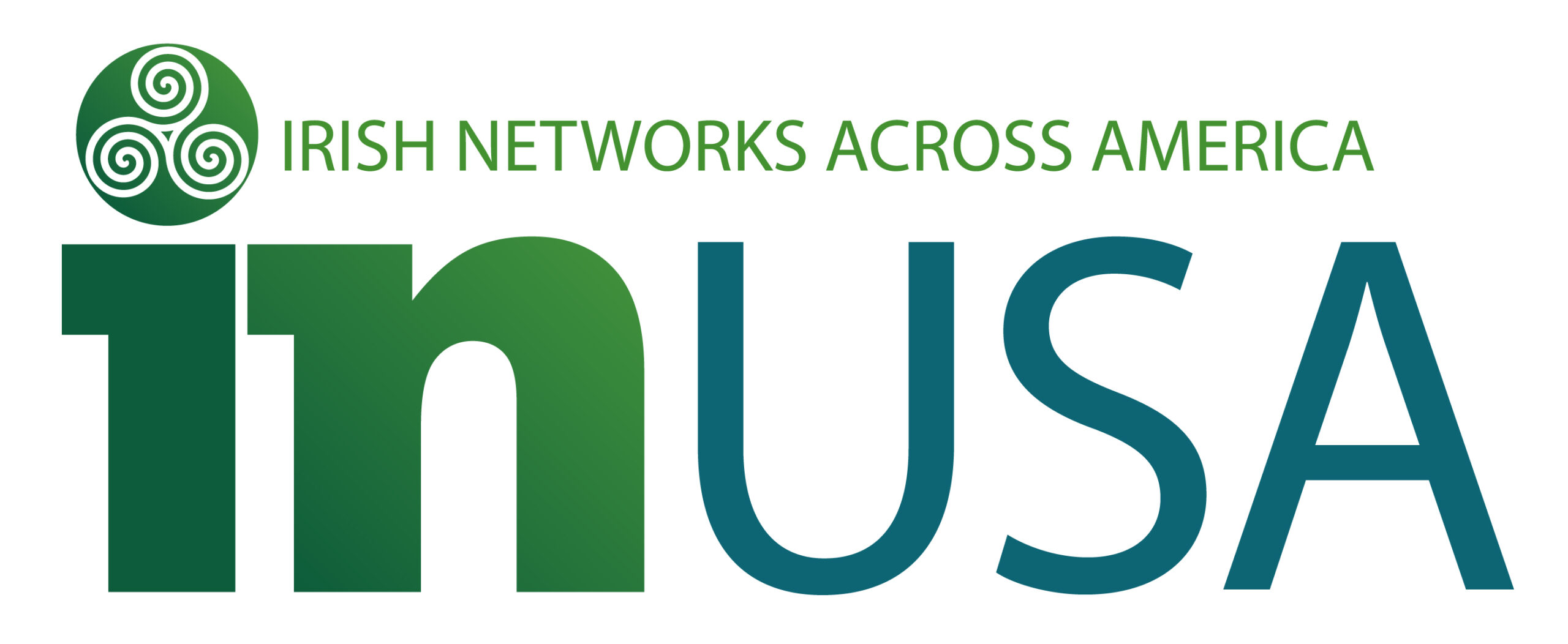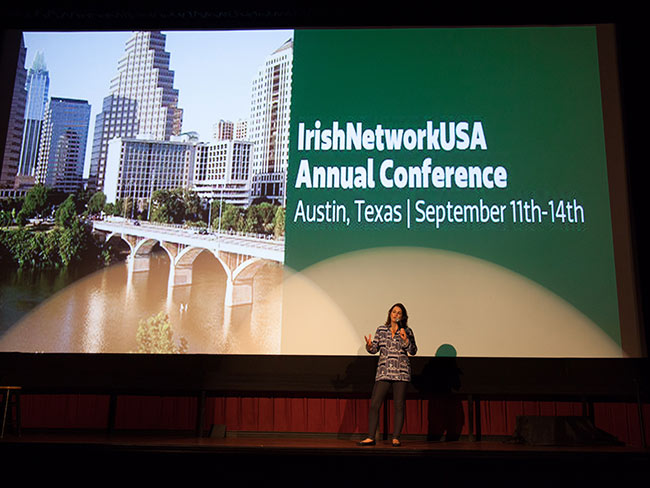Just 28,900 people moved from Ireland to the US between 2008 and 2013, which pales in comparison with the almost 80,000 who moved to Australia and the 90,000 who have gone to Britain. About 21,500 have moved in the other direction, from the US to Ireland.But the year-long J1 employment scheme for graduates, as well as transfer opportunities with multinationals, has led to the growth of a small but vibrant group of young Irish professionals in the United States.They are generally aged from their early 20s to their early 30s, highly educated and well networked. They came from a modern Ireland much changed from the country their predecessors left.Does this make them better equipped to cope with the challenges of making a new home in the US? Are they assimilating into Irish-American enclaves or are they making their own way?
Identity
With more than 34 million people claiming Irish ancestry, the Irish-American diaspora is one of the largest and most developed in the world.
The long history of migration across the Atlantic has ensured a strong network of Irish communities all over the country, but the type of Irishness they are built around can be unfamiliar to the youngest members arriving from Ireland today.

“The Irish in America are so well established, which can be a help or a hindrance to the challenges emigrants face when they first arrive,” says Dr Martin Russell of Diaspora Matters. He recently went to the US to interview Irish people, and the organisations working with them, for a report on the changing needs of Irish communities abroad by the Clinton Institute at University College Dublin.
With so few young migrants arriving from Ireland to replenish and rejuvenate existing communities, the profile of the United States’ first-generation Irish America is ageing.
The older Irish population remains concentrated in established hubs of Irishness – areas such as South Boston and, in New York, Queens and Yonkers. The strong community organisations that still exist in these areas are crucial providers of care and support for more vulnerable Irish immigrants, particularly the elderly or those living illegally in the country.
But the younger, more affluent and upwardly mobile new Irish immigrants are settling outside these areas. Employment opportunities on the west coast, particularly in the tech sector in California, is the most significant factor influencing settlement patterns.
Rising rents in some Irish neighbourhoods, especially in New York, have led to the creation of new Irish areas in the big cities, and a more modern mindset also means that many new arrivals are reluctant to be associated with traditional Irish boroughs.
The divide between old and young is also highlighted in a recent study by Jennifer Nugent Duffy, quoted in the Clinton Institute report, which reported that older generations of Irish people in Yonkers resent new immigrants moving into the area, as it “threatens staples of their identity”.
Issues include binge-drinking, not going to Mass and “the lack of desire to be American” among younger Irish people. The difference in attitudes and cultural practices between the generations shows how experiences of being Irish in the same area in New York have changed so much.

“As new Irish arrive, there are new versions of Irishness at play, but there’s no one sense of Irishness better than another,” Russell says.
“The challenge for people working with Irish communities is maintaining the opportunity for everyone to negotiate and express their own sense of Irishness, whether that is as an elderly person who went in the 1950s or 60s or as someone arriving over today, who has left a very different Ireland.”
Irish boroughs may not be as popular, but long-established Irish organisations still play an important role for many young people fresh off the plane, looking for new friendships and networks.
“They are welcoming, which is crucial,” Russell says. “It comes up time and time again that the first six months are the most difficult for new emigrants. The sense of isolation is very strong. Being in contact with others who have been through the immigration process can be very therapeutic.”
Despite their “privileged” backgrounds, many of these young Irish display “familiar vulnerabilities” and are in need of this support structure, Russell says. Isolation and loneliness are as big an issue as ever; short-term visas are also causing new problems.
Men aged 18-30 were identified as being particularly vulnerable to mental-health problems, with a “clear increase in suicides” among Irish of all ages in the US. “Historical issues such as alcohol abuse are still very prominent. The problems mirror home in many ways,” he says.
An Irish centre in Boston reported a growing issue with substance abuse, centring on a “massive heroin and prescriptive drugs” problem that has replaced cocaine use, “which has always been there”.
“A lot of the traditional vulnerabilities tie into the status of being an emigrant or having left Ireland involuntarily. The emotional turmoil of being away from home can be very strong, especially for the undocumented. They are interlinked,” Russell says.
Unable to return
Mental-health issues are particularly prominent among the estimated 50,000 Irish living without legal status in the US; this group is more vulnerable to depression and suicide. Their ability to access healthcare and support services is limited because they are undocumented, which compounds the problem.
“The issue of not being able to return is the biggest,” Russell says. Because most undocumented Irish arrived in the late 1980s and 1990s, “their parents are now getting elderly and falling into ill health at home. These tensions and pressures can build up. Some of them are entering the elderly bracket now, and emigration for them has become final.”
The term “undocumented” is usually associated with emigrants who moved to the US in the 1980s and 1990s, but there has been a steady trickle of people overstaying visas ever since. Quantifying them is impossible – “because they are almost invisible”, Russell says – but Irish welfare organisations in the US believe the numbers overstaying work and holiday visas since the Irish recession hit in 2008 have been increasing.
Although there is some evidence of professionals staying on after their year-long J1 visas expire, most of those becoming undocumented now are still low-skilled workers travelling on holiday visas, who find cash-in-hand employment.
“When the opportunity arises to go the US on a short-term visa, the temptation can be very strong to stay, particularly in recessionary times, when there are no opportunities at home,” Russell says. “But they need to be aware of the difficulties that face them in the future. Education about this needs to begin in Ireland.”
This is the second in a series of country profiles based on the Clinton Institute report, and appears in Weekend Review today.
To view original news story click here.










